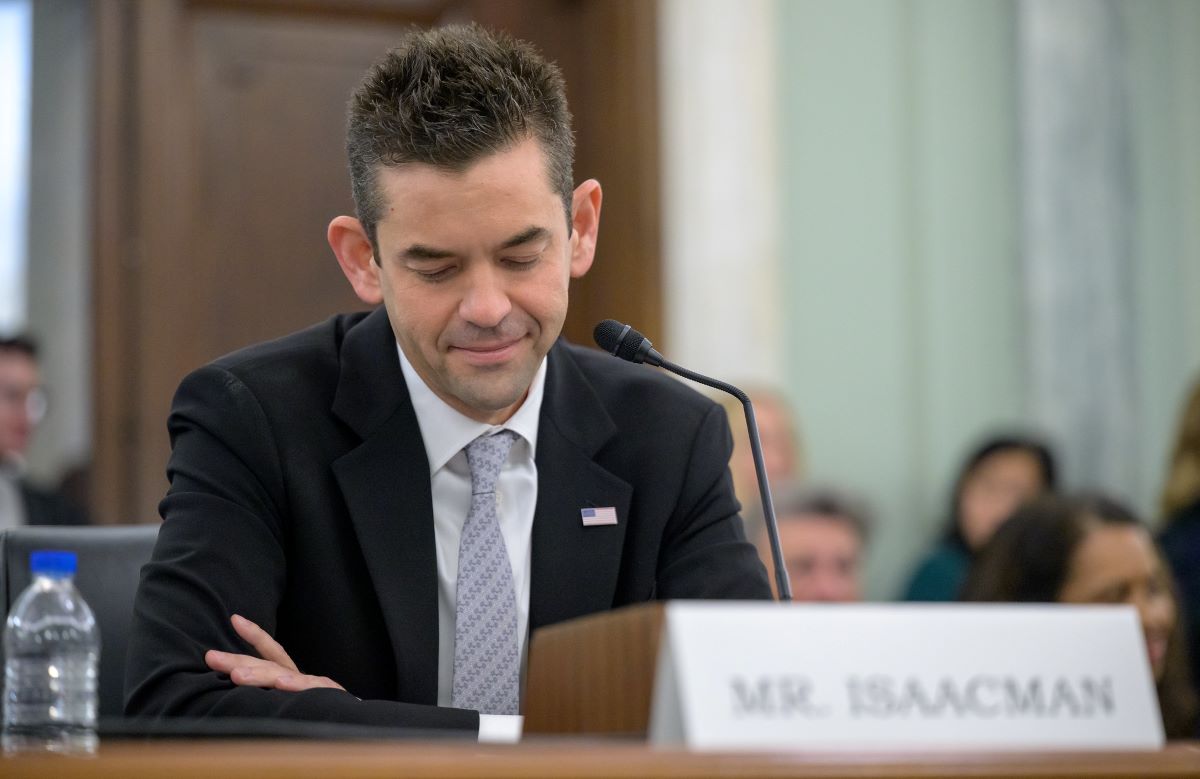Which should come first, good bike infrastructure or bike-share? This is a matter of some debate, and we don't pretend to have a definitive answer. But we do have some instructive research.
While it's obviously ideal to have bike infrastructure prior to embarking on a bike-share program, many communities, like Chattanooga, Tennessee, and Dayton, Ohio, are going the opposite route, hoping new cyclists enticed by bike-share will help build political support for complete streets.
A recent study by the FHWA [PDF] found that bike-share systems can work fairly well in areas with less developed bike infrastructure. But today's Network post, from Darren Buck at Bike Pedantic, finds evidence that more people opt for bike-share when bike lanes are nearby, via an analysis of ridership rates for DC's Capital Bikeshare.
Buck offers the above scatterplot, showing how bike-share ridership is linked to the presence of bike infrastructure within 800 meters of a bike-share station. The data comes from this study [PDF] produced by Buck, who worked with a professor at Virginia Tech.
Buck had this to say about the findings:
The bottom line is that even after controlling for a variety of stuff, bike lane volume still emerges as a significant predictor of bikeshare ridership.
And he wonders if Dayton, Ohio, which is studying bike-share, might be better served putting that money into bike infrastructure.
There are certainly other variables that have significant impacts on bikeshare ridership. But, given that Capital Bikeshare’s benchmark membership numbers have resulted in only evolutionary changes in overall modeshare, I cannot help but wonder if the substantial investment needed for bikeshare might have more effective ridership returns if used on some more basic bike infrastructure for Dayton.
Elsewhere on the Network today: Cap'n Transit looks at the history of street parking in New York City. Bike Delaware carries a statement from DelDOT explaining its aversion to sharrows. And City Block says the line between cities and suburbs is increasingly blurry.






